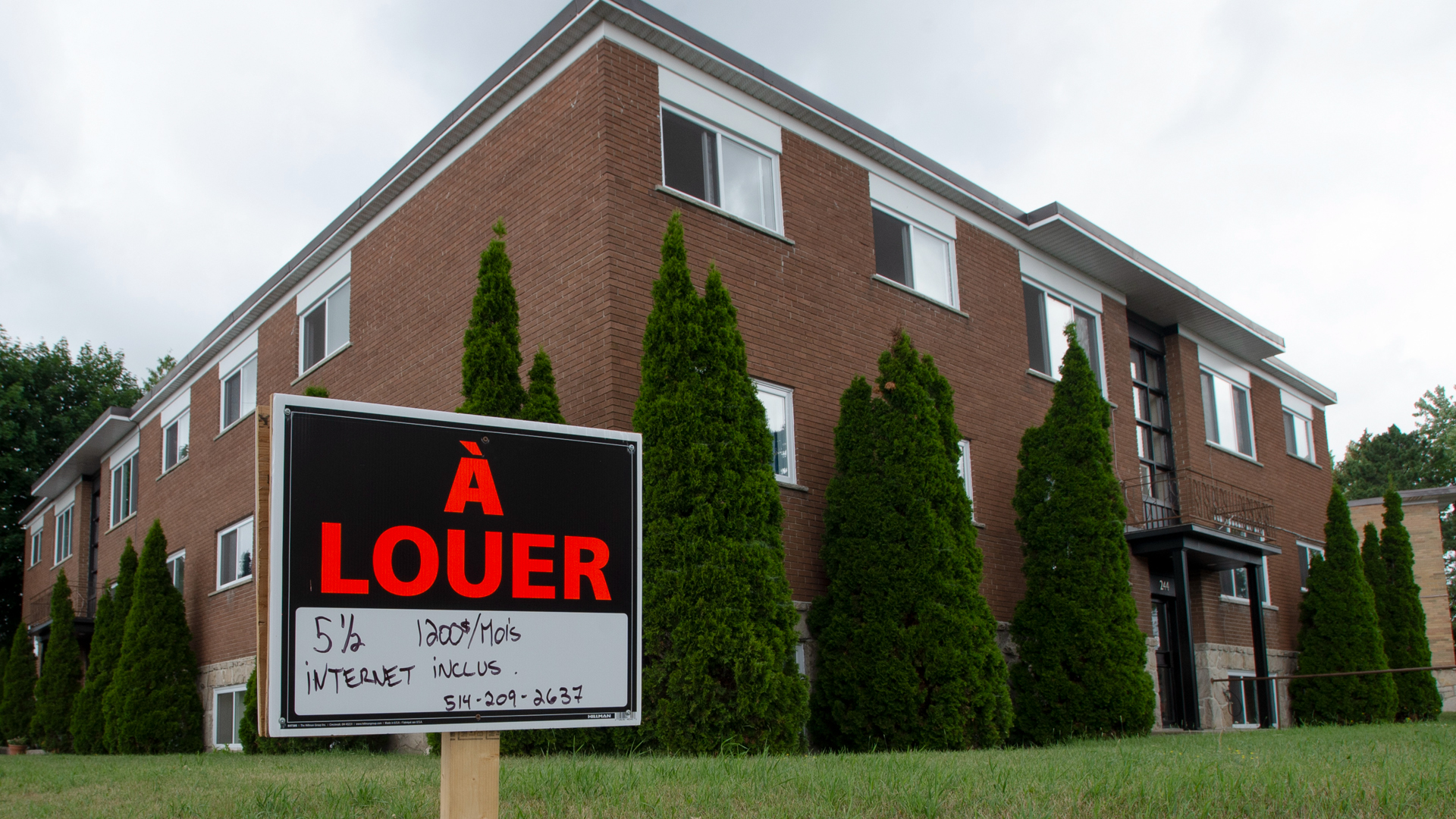
(Version française disponible ici)
Governments have several options at their disposal to stabilize rents. They can remove profit from the equation, regulate the market so that increases don’t outpace inflation or give incentives to the private sector and hope that enough construction will bring down costs to tenants.
The last approach is costly and the least sure to succeed. Yet that’s the one the federal government has chosen. Again.
Relying on the private housing sector is a well-established tradition in Canada. Historian John C. Bacher documented how Canadian governments half-heartedly experimented throughout the 20th century with some of the non-market models successfully implemented in Europe, but always favoured incentives to private developers.
The upshot is that the share of all non-market housing in Canada is four per cent – one of the lowest among countries in the Organization for Economic Co-operation and Development (the OECD).
Urban geographer Alan Walks of the University of Toronto and his colleagues have argued that Canada has played a more active role in backing mortgage loans than governments elsewhere.
The Canada Mortgage and Housing Corp. (CMHC), the national housing agency, led the way on mortgage-backed securities, whereas in other countries, private financial institutions assumed these risks. This helps explain why Canada was among the few nations that did not experience bank failures during the 2008 financial crisis.
Current housing policies continue to favour the market despite uncertain outcomes.
The National Housing Strategy (NHS), approved in 2017, emphasized providing private investors with cheap loans. In return, landlords rent a share of newly built units at a discount, usually 20 per cent below average market prices, but only for a limited time – 10 to 20 years.
That hasn’t worked so well. Cheaper loans haven’t significantly boosted rental construction and the discounted units are still too expensive.
A study commissioned by the National Housing Council found that only 19 per cent of units funded through these loans are affordable to moderate-income households. Only three per cent are within the reach of low-income households.
We now have a new federal housing minister, Sean Fraser, but the government’s fundamental approach to policy remains the same.
Fraser’s main policy plank so far is to double down on incentives to the private sector. In September, he announced a GST rebate on the construction of apartment units at a cost of $4.6 billion over six years. That’s an average of $770 million annually. This is significantly larger than current investments in non-market housing.
A 2023 parliamentary budget office report says a one-time investment of $1.5 billion in the government’s Rapid Housing Initiative would create 6,000 units for vulnerable populations at risk of homelessness. This crucial program funds the most expensive units needed in the housing system. Still, Ottawa could create an additional 3,080 units annually, on an ongoing basis, with the $770 million it’s foregoing annually via the GST rebate.
The same report indicates that a $500-million one-time grant, coupled with a $1-billion loan, would result in 6,000 new co-op units. These units are cheaper because co-ops repay the loan over time. The same $770 million a year could help build more than 8,000 co-op units annually (including the estimated cost of administering the loan).
Why is housing cheaper in Quebec than in Ontario?
The latest alternative federal budget from the Canadian Centre for Policy Alternatives proposes a capital fund to finance the building of universal-design homes at a break-even basis. By cutting off developers, tapping into public and community land, and reinvesting loan repayments, this capital fund would considerably lower construction costs. With the same $770 million, the government could help finance more than 30,000 non-market rental units.
Instead of prioritizing non-market housing that delivers more affordable homes, now and into the future, the government is giving developers the five-per-cent GST break. The only condition for this costly measure is that new buildings must have four or more units, and 90 per cent must be dedicated to long-term rentals.
While the rationale is that the tax break will lead to more housing construction, there is an excluded, if obvious, possibility that it will increase profits without resulting in more housing.
Provinces are considering whether to top up the federal tax break by exempting developers from provincial sales taxes. Ontario, Newfoundland and Nova Scotia have signalled they will.
In Quebec, developers are demanding the top-up, arguing building costs are too high and threatening to move investment elsewhere. But the Quebec government is not ceding. Finance Minister Eric Girard estimated the measure would cost up to $1.5 billion – an amount that Premier François Legault says could be invested in more effective measures. He’s right.
In its last budget, Quebec committed $650 million to create 5,250 social and “affordable” rental units. More recently, Legault’s government promised to match a federal grant of $900 million and invest the entire $1.8 billion in non-market housing.
Instead of handing more money to developers, Quebec plans to invest in public housing, co-ops and not-for-profit housing. It makes sense. Taking financial gain out of the equation makes housing cheaper every time.
Quebec should also enforce rent controls on vacant units – a direct way to control rents at a minimal cost. The industry always says rent controls kill supply, but a recent CMHC analysis found “no significant evidence that rental starts were lower in rent-control markets than in no- rent-control markets.”
Other provinces should follow Quebec’s lead and take the more direct route to lower rents.
This article is part of a series called How does Canada fix the housing crisis?









